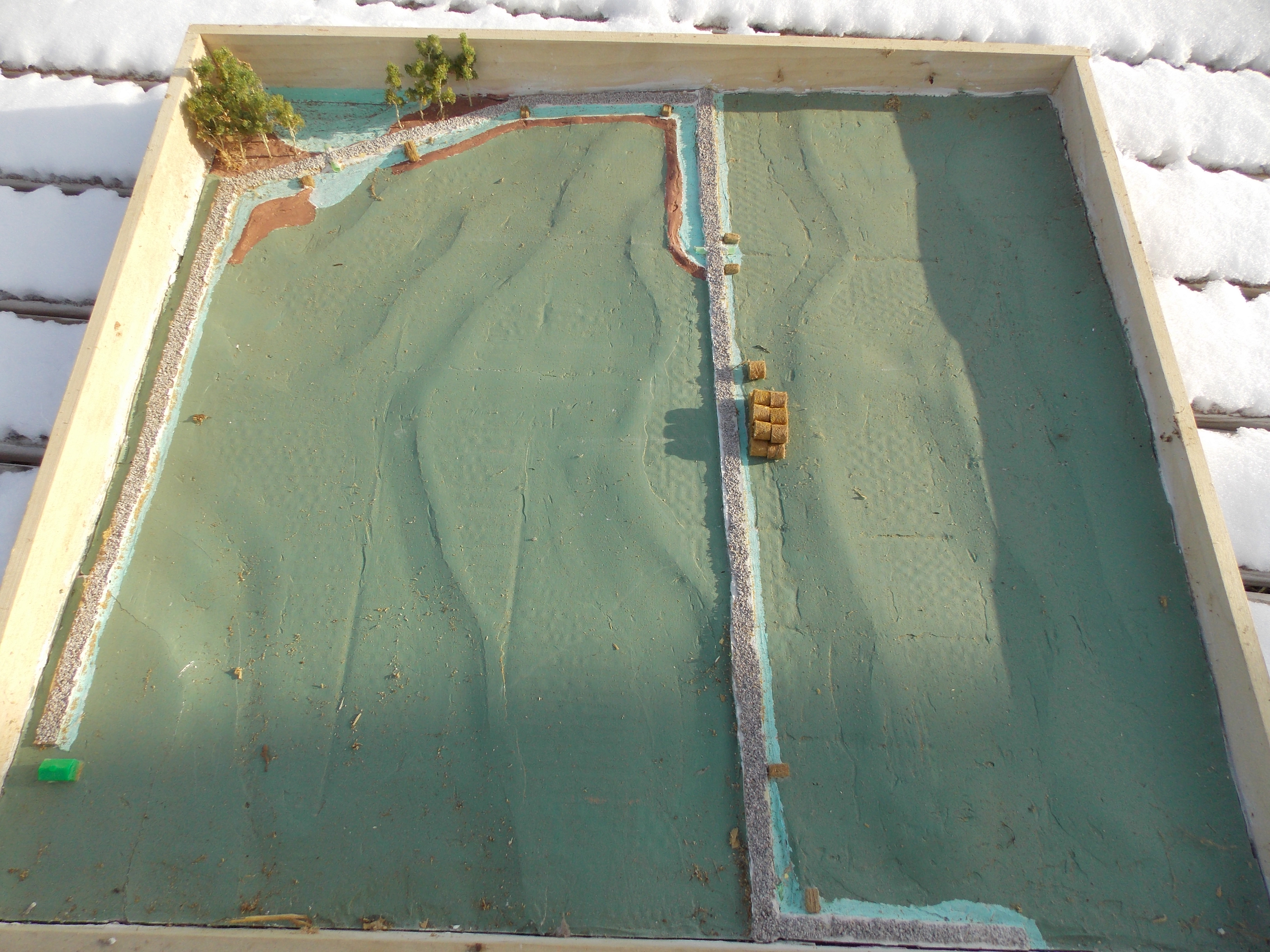quicksandfarmer
Elite Member
Recently npalen started a thread (https://www.tractorbynet.com/forums/build-yourself/423698-any-electronics-gurus-out-there.html ) on using a laser level to automate a box blade. I talked a bit in that thread about using differential GPS (or DGPS) and I thought it would be worthwhile to do a dedicated thread showing some of the experimentation I've been doing with it.
DGPS is a technique for improving the accuracy of GPS. A regular GPS receiver can calculate its position on the surface of the earth with pretty good precision, typically under 50 feet. That's a technological marvel, but at the same time it's not good enough for any kind of fine control. The limiting factor on the precision is that atmospheric conditions affect the accuracy. What makes DGPS possible is that this error is consistent: two GPS receivers in the same place at the same time will have the same error. In a DGPS system two GPS receivers are used. One is placed at a fixed, known location, called the base. The other, called the rover, moves around. The position of the rover is calculated by reading the GPS on the base and rover, calculating the distance between them, and adding that to the known position of the base. When conditions are right this gives a position that is accurate to within a centimeter --less than half an inch -- in three dimensions (latitude, longitude and altitude.)
In the next few posts I'll describe how I've been using DGPS in a project that's somewhat useful but mostly just as a proof of concept.
DGPS is a technique for improving the accuracy of GPS. A regular GPS receiver can calculate its position on the surface of the earth with pretty good precision, typically under 50 feet. That's a technological marvel, but at the same time it's not good enough for any kind of fine control. The limiting factor on the precision is that atmospheric conditions affect the accuracy. What makes DGPS possible is that this error is consistent: two GPS receivers in the same place at the same time will have the same error. In a DGPS system two GPS receivers are used. One is placed at a fixed, known location, called the base. The other, called the rover, moves around. The position of the rover is calculated by reading the GPS on the base and rover, calculating the distance between them, and adding that to the known position of the base. When conditions are right this gives a position that is accurate to within a centimeter --less than half an inch -- in three dimensions (latitude, longitude and altitude.)
In the next few posts I'll describe how I've been using DGPS in a project that's somewhat useful but mostly just as a proof of concept.
Last edited:
